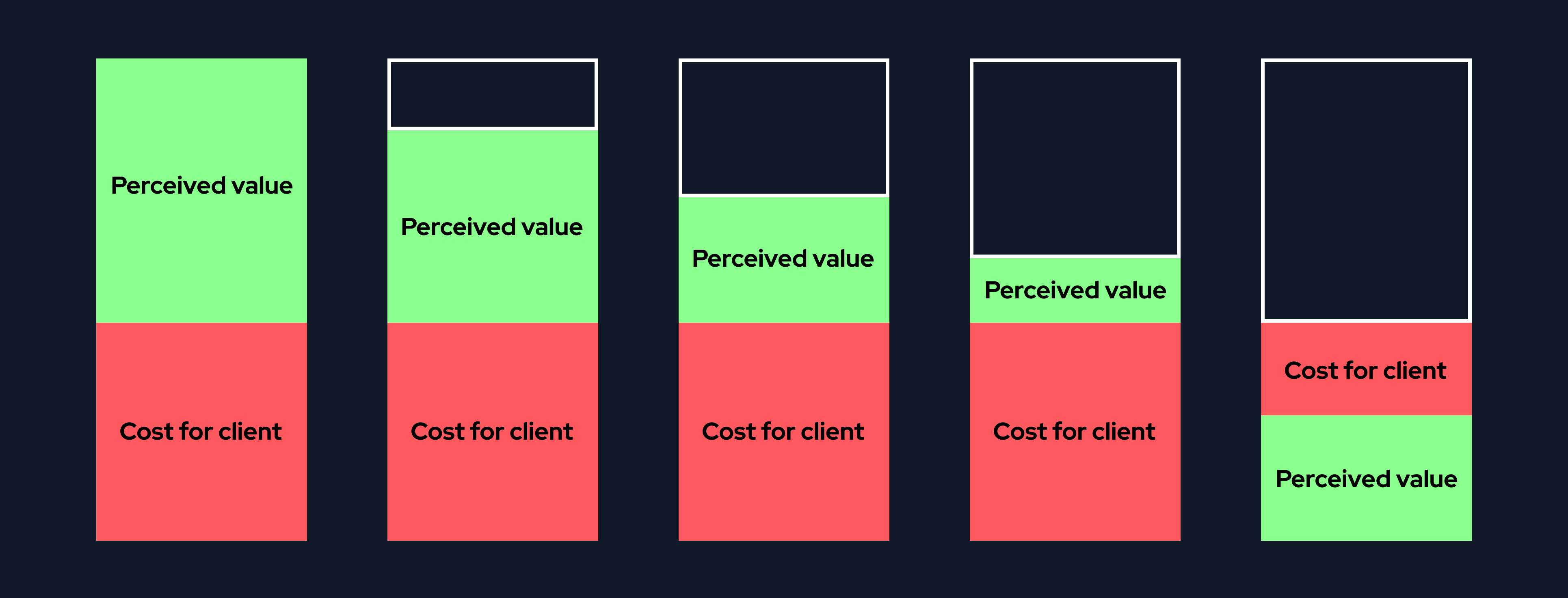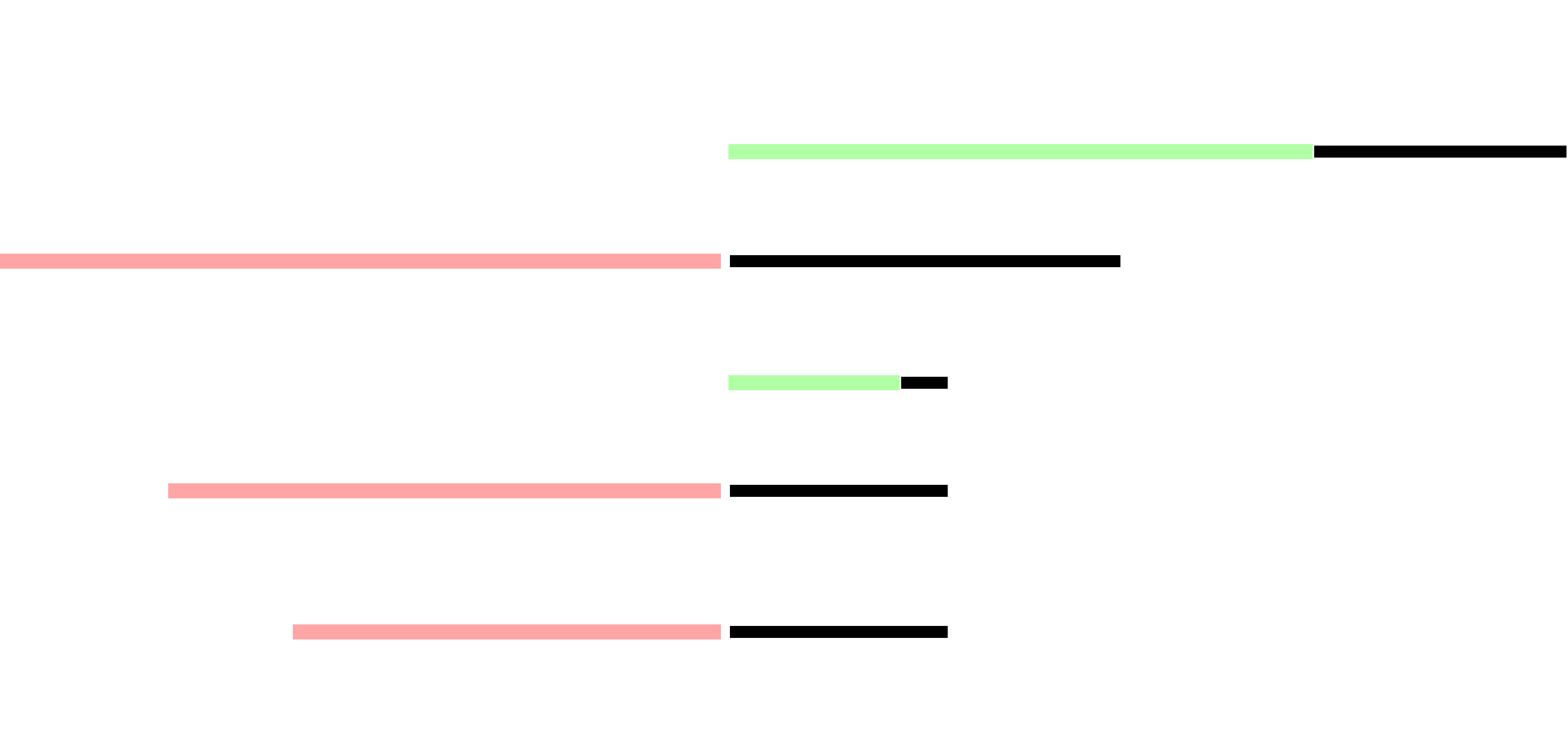https://www.desent.io
How we work
Our top priority is to deliver maximum value for our clients. We achieve this by following clear, repeatable ways of working, then continuously learning and improving those processes.
https://www.desent.io
Our top priority is to deliver maximum value for our clients. We achieve this by following clear, repeatable ways of working, then continuously learning and improving those processes.
From experience, clients evaluate us primarily on a handful of signals. The weighting varies by engagement, but the mix typically looks like this:

60–70%
We commit carefully and deliver predictably. When constraints move, we renegotiate scope, timing, or budget with options—not surprises.
15–20%
We don't go dark. We acknowledge messages quickly, give status before we're asked, and turn ambiguity into clear next steps.
10–15%
We treat the product like it's ours. We propose improvements, align on outcomes, and measure impact—not just output.
5–10%
We're friendly, respectful, and easy to work with. We aim for productive energy in every touchpoint.
5–10%
We run tight meetings with agendas, decisions, and notes. We come prepared and we follow through.
Now that we understand what the client values, the next step is to align the value we deliver (perceived value) with the cost to the client.
The perceived value is the combination of the factors explained before. Clients naturally benchmark what they pay against the value they feel they’re receiving. Our delivery operating system is engineered to keep perceived value consistently above cost.

In the illustration above, the first four contributors deliver perceived value that exceeds their cost. The last contributor’s cost outweighs the perceived value, so the client will not engage that option.
In daily life, we constantly assess whether something is worth buying by comparing cost to expected value.
Example: If you need transportation for a weekly 5 km grocery run, you have many choices—bicycle, motorcycle, car, bus, or even a commercial airliner. A motorcycle (or a low-cost ride-hailing trip) offers high utility at a reasonable price; a Boeing 747 provides capabilities that are unnecessary for the job at an astronomically higher cost. The value-to-cost ratio clearly favors the motorcycle (or ride-hailing).
Clients evaluate us the same way. Our mandate is simple: systematically raise perceived value (outcomes, speed, reliability, communication). This ensures the value we create stays above the price the client pays.

For Developer A the perceived value was sill overall very positive even though the personal apperance was bad. Maybe the person did not turn on the camera in meetings @jemika 😘

Developer B delivers the same quality of work as Developer A. You might expect this to create positive client value, but it doesn't. Poor communication and professionalism can easily outweigh excellent work quality, resulting in an overall negative perception. This demonstrates that great work alone isn't sufficient—all dimensions matter.
We keep our rules simple, but the ones we have are non-negotiable.
Always respond within 24h. During Work Hours within 1 hour
If you are unhappy or have a problem you can always contact me.
Camera on in meetings, prepared with agenda items, respectful communication at all times.
Don't just report problems - come with potential solutions or alternatives.
This Standard Operating Procedure (SOP) ensures consistent delivery and maintains the quality standards our clients expect.
As developers, our job is actually up to 80% communication and research and only 20% implementation because understanding the problem is most of the work. We ask precise questions and give options for possible solutions so the client doesn't need to do research to understand the question.
Sometimes issues are missing important documentation or even entire requirements. We make it easier for the client by trying to find the right requirements and presenting this in a structured way (User Journeys etc.). This provides the client so much value because we're proactively helping to design the product.
We should document as much as possible because the client will see mostly what is written in Jira issues so we should put as much information as possible in there. Clear documentation ensures transparency and helps maintain project continuity.
Loading diagram...
A space for our development team to share thoughts and feedback on our process.
This section is password protected. Please enter the password to access the comment section.